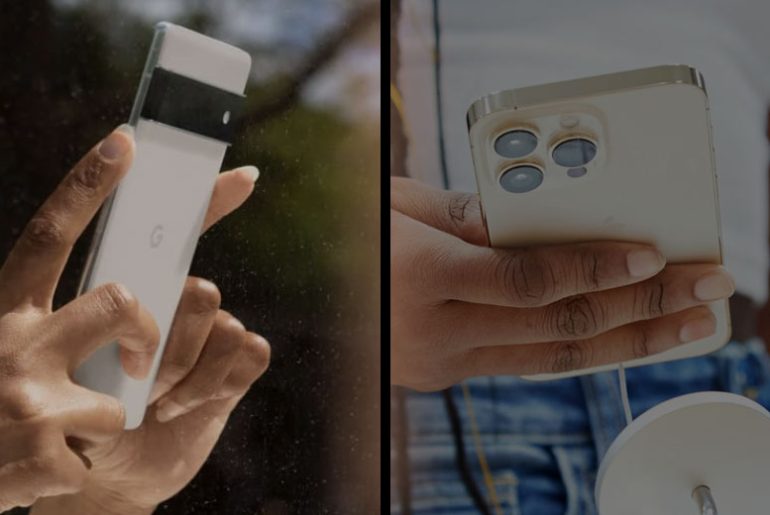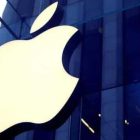On the surface, the latest iPhone and Pixel smartphone launches appear to embrace beautiful screens, advanced cameras, and distinct designs.
Nonetheless, Apple’s strategy revolves around status and making you stand out as an Apple user, whereas Google’s strategy revolves around features and what you can do with its phones. In effect, Apple is more concerned with form, appearance, and usability, whereas Google is more concerned with function.
Even in terms of economics, the two companies are diametrically opposed. Google isn’t concerned with initial profit margins on its devices because it makes money from advertising and selling customer data. Apple, on the other hand, thrives on margins.
Customers who are a good fit for either line are generally pleased with the results. Historically, iPhone users have been more loyal than Pixel users (as long as the cost is not a factor).
Pixel users, on the other hand, aren’t as locked in and can switch to a variety of well-differentiated Android phones and manufacturers if they want to. Foldable and dual-screen phones are among the Android alternatives. Apple users are locked in and have a much more limited set of options, which can be advantageous if you don’t want to agonize over that decision.
This week, let’s compare Apple and Google smartphones. Then we’ll wrap up with my product of the week, Var’s new and nearly-affordable semi-pro VR headset.
Apple versus Google
These two businesses couldn’t be more dissimilar.
Apple was created during IBM’s dominance and reflects IBM’s now largely obsolete “lock-in” strategy. The customer has effectively locked out the competition as a result of this strategy, allowing Apple to dictate prices and features.
This strategy can and should result in a more in-depth understanding of the customer, a more focused line, and far less risky product development because, when given no other option, the customer will generally choose what you offer. The product is king at Apple, and users are drawn to the products that the company creates.
Google entered the market at a time when Microsoft was under fire and, to some extent, mirrored what Microsoft was at the time. However, Microsoft has evolved over time to be a better alternative to what it once was than Google. During this time, lock-in had largely failed as a strategy, and customers desired options.
As a result, Google, like Microsoft, licensed out its technology. Nonetheless, unlike Microsoft at the time, it advocated for concepts such as open-source and high interoperability. In subsequent years, IBM and Microsoft both adopted these concepts, demonstrating that Google initially went in the same direction as the majority of the rest of the computer industry.
Pixel vs. iPhone
iPhones are more expensive and appear to be more expensive than Pixel phones.
Both the iPhone and the Pixel have multiple cameras, with a strong emphasis on taking impressive photos and videos.
Apple’s A15 Bionic chip has AI capabilities as well, but Apple isn’t as aggressive in deploying them. Pixels’ AI, for example, excels at real-time translation, on-device automatic speech recognition, and creating live captions for media. Pixel has more powerful editing tools and, with the most recent release, a Tensor-dedicated AI processor.
Due to revenue differences, the Pixel phone will typically cost significantly less than an equivalent iPhone for comparable performance. The underlying strategy is that Apple is more interested in you purchasing new phones, whereas Google has been transitioning to a more long-term support model in which enhancements are more aggressively pushed out to users where possible.
As a result, the Pixel phones should be less expensive and last longer than their Apple counterparts.
This distinction is likely to grow as Google focuses more on sustainability than Apple, possibly because Google’s model favors sustainability because it is more service-centric.
Because of revenue differences, the Pixel phone will typically cost significantly less than an equivalent iPhone for comparable performance. The underlying strategy is that Apple is more interested in you buying new phones, whereas Google has been transitioning to a more long-term support model in which enhancements are more aggressively pushed out to users where possible.
As a result, the Pixel phones should be less expensive and last longer than Apple’s equivalents.
I expect this differentiation to grow as Google focuses more on sustainability than Apple, possibly because Google’s model favors sustainability because it is more service-centric.
Final Thoughts
Users who are very status-oriented, as well as those who do not want to learn new skill sets, are likely to be happier with the Apple line.
Those who are more function-oriented, like to learn new things, see their phone as a tool rather than a piece of jewelry and want more phone options will typically prefer the Android ecosystem and Pixel.
I’d take the Pixel over the iPhone any day of the week, but my wife would take the iPhone just as consistently, and we’d both be happier with our choices than if we switched sides.




